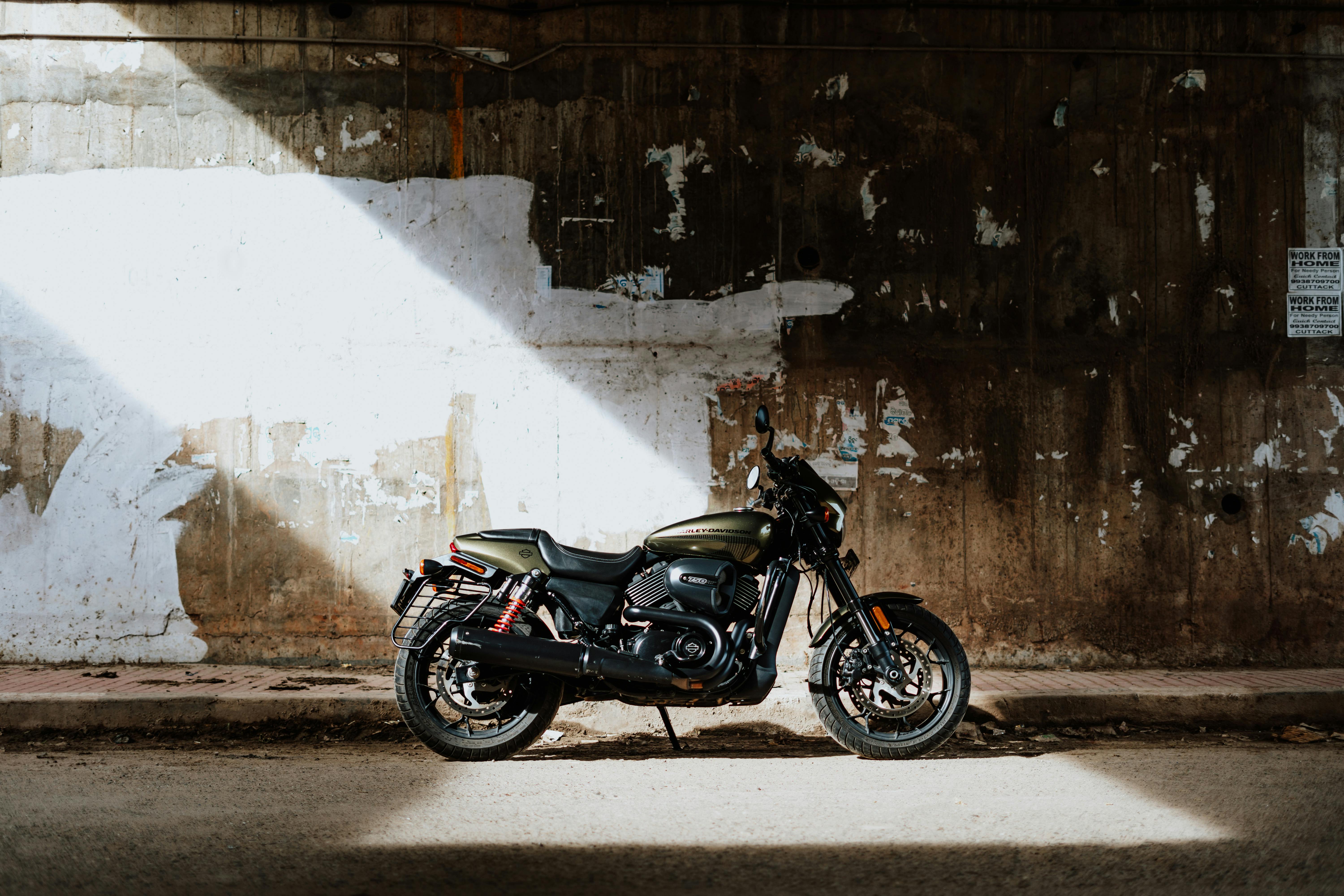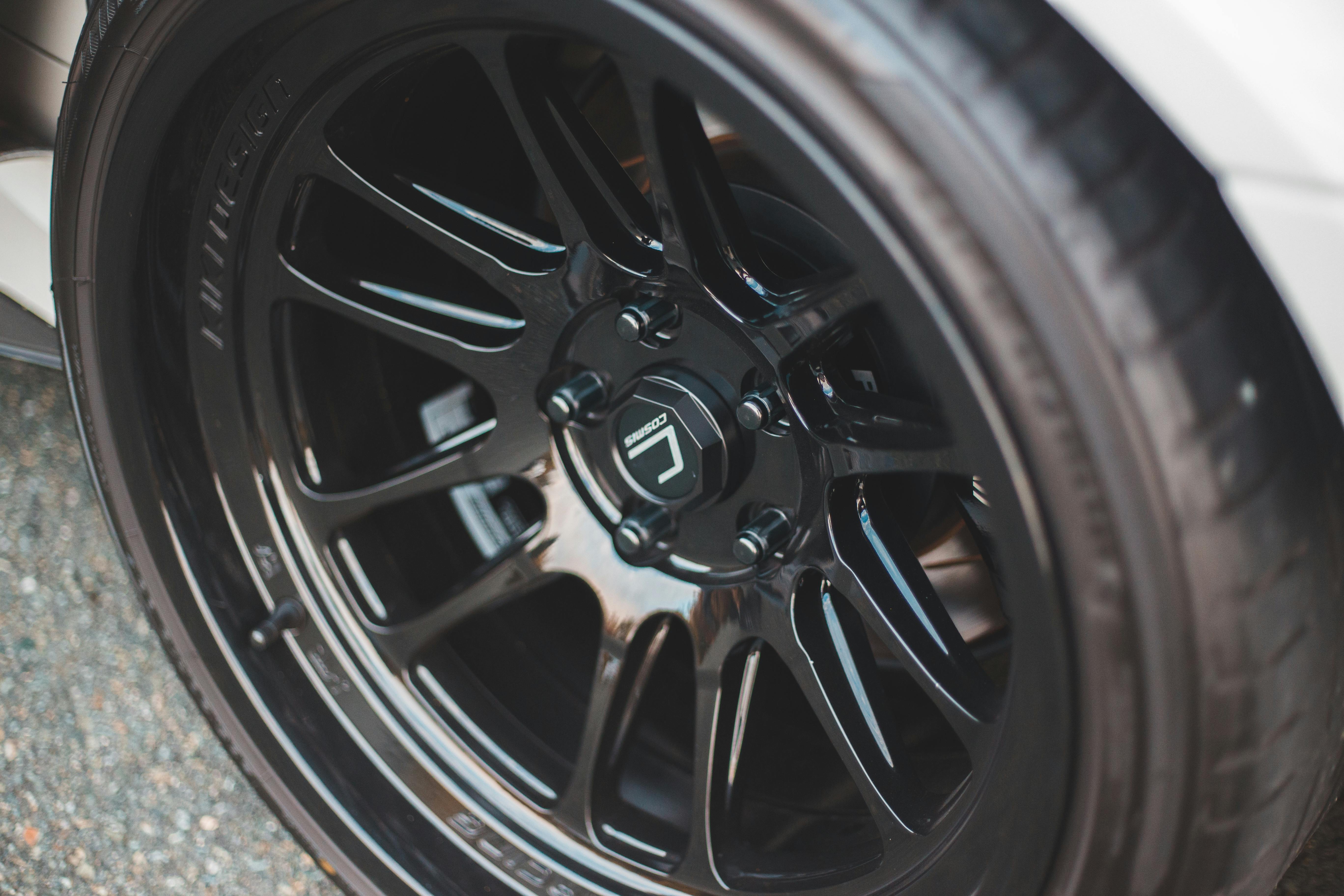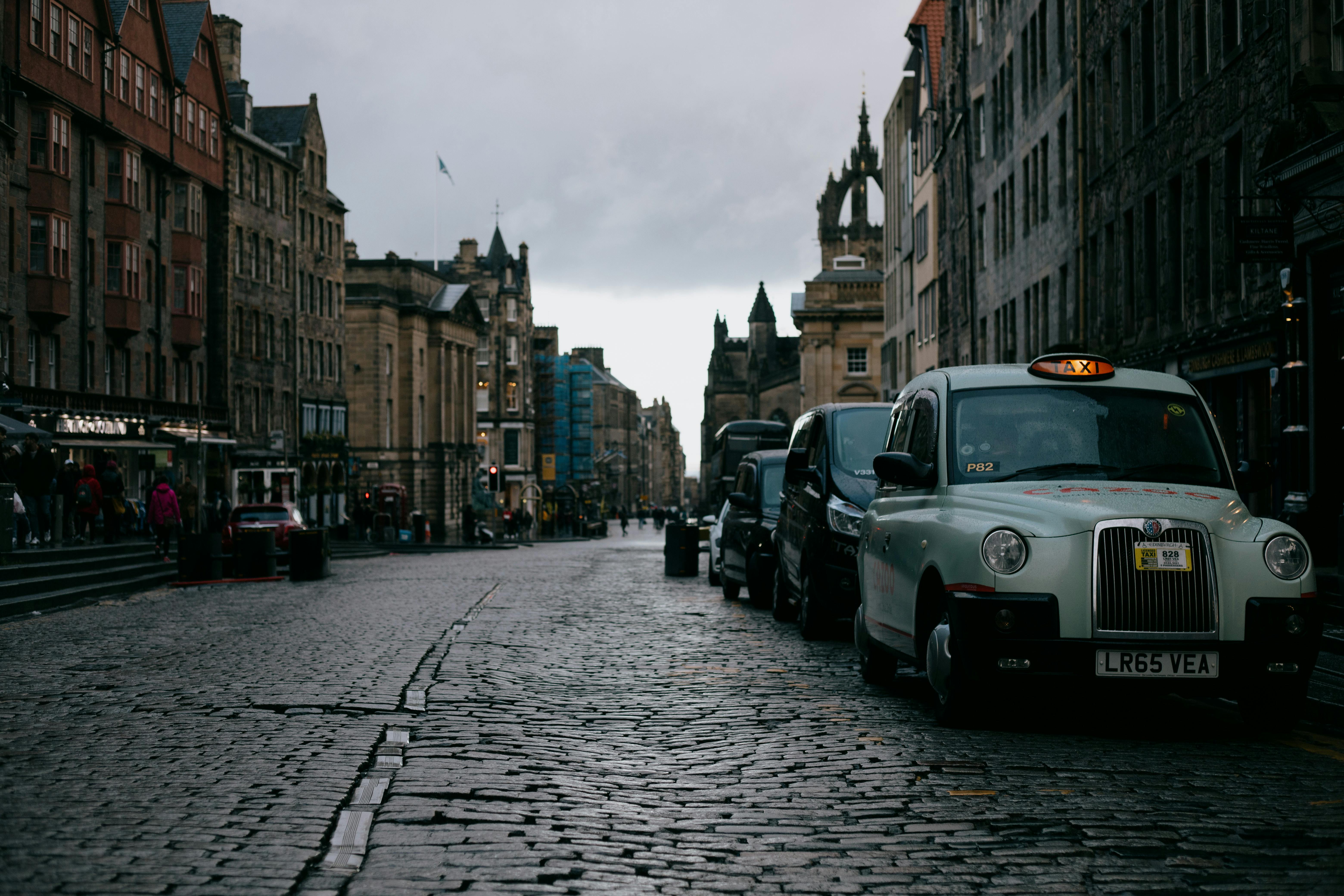A review of the Morgan Plus Four Sports Car, covering the development, important features and technical data of this third model in the Morgan range.
In this article, I offer a nostalgic look at the Morgan Plus Four, one of an elite group of classic cars, which was manufactured during the period 1950 to 1961.
In 1947, Standard Motor Company introduced a single engine policy in which they would concentrate on the 2088cc Standard Vanguard engine.
The consequence of this was that, after 1949, the Special Standard 1267 cc engine, used in the Morgan 4-4, would no longer be available.
In light of this pending setback, Morgan set out to build a 4-4 prototype based on the addition of the 2.1-liter Vanguard engine.
Henry Morgan was initially uncomfortable with using a larger than 2-liter engine, but once he experienced the unit’s impressive torque, he was sold on it.
The new model was designated the Morgan Plus Four sports car, and was duly launched in 1950 at the Earls Court Auto Show, and featured the standard 2.1-liter engine developing 68 bhp.
Since the new engine provided a much-needed performance boost, it was necessary to:
- Strengthen chassis 4-4
- Increase the wheelbase by 4 inches.
- Improve front suspension
- Add Girling hydraulic drum brakes on all four wheels.
The new sports car was an immediate success.
Other than the larger engine, there was little difference between this and the 4-4, including:
- Mad Ash Wood Frame
- Front suspension using the sliding pillar technique
- Cut back doors
- Very basic weather protection
- A Brooklands style steering wheel made by Bluemels
- Smiths gauges that were cream colored.
- Gradual introduction of 48-spoke wire wheels
To be allocated post-WWII steel for manufacturing, Morgan had to export its sports cars, especially to the vital American market, and avoid the embarrassment of exported Morris Minors whose engine was so inadequate that the car could not outperform. the hills of San Francisco.
The Plus Four prototype was a drop-roof coupe, after which a two-seater was built.
Shortly after production began, the first four-seater was produced and participated in competitions such as the 1951 and 1952 RAC International Rally, in which it won the Team Award.
The two-seater model was by far the most popular.
With 893 of the three models produced so far, the two- or four-seat coupe with a drop roof, which had rope windows and a three-way soft top, accounted for just 117 units, plus 141 four-seater units, the remainder being the two seater.
In terms of export to the US, two-seater and convertible coupes were the most in demand.
In 1953, sales of the Plus Four were beginning to decline due to the fact that the car was considered to look quite dated, with its flat radiator.
In addition, dealers complained that the model was becoming difficult to sell.
In 1954, Morgan decided they needed to quickly inject new appeal into the model through a facelift of the front of the car, which took the form of:
- The headlights are now molded into the front wings
- The wings would now flow into the hood and provide a more streamlined appearance.
- The flat radiator grille would now be replaced with one that was slightly curved and set inside a tall shroud, which helped improve aerodynamics.
Since this version of the facelift turned out not to be ideal, it was updated several times during production.
UK production featured the 2.1-liter Standard Vanguard engine, while most exported cars were equipped with the 1991cc Triumph TR2 unit, offering improved performance.
In 1956, the TR2 engine was replaced by that of the Triumph TR3, developing 100 hp.
When this model featured lightweight aluminum body panels, it was not only fast, it was also capable of doing the standard quarter mile in 16 seconds.
In 1959, the Plus 4 received Girling 11-inch front disc brakes and press-wire wheels as optional extras, and disc brakes became standard equipment a year later.
In 1962, the TR3 engine was replaced by the 2138cc Triumph TR4 unit.
An interesting feature of the Plus 4 engine fairing was that since it fitted the engine so well it was not possible to fit an air filter so some owners covered the carburetor with a fine mesh material.
On the race track, a Plus 4 won the 2-liter GT Class at the 1962 24 Hours of Le Mans, at an average speed of 94 mph.
This marked the end of Morgan Plus Four
Perhaps this walk down memory lane could have answered, or at least shed light on, a possible question:
What Morgan sports car is it? You Favorite?
However, if this question is still unanswered, I will review, in some detail, in future articles within this website, the entire range of Morgan sports cars that were featured in the memorable era spanning from 1911 to 1996.
I hope you will join me on my nostalgic travels “down sports car memory lane.”



